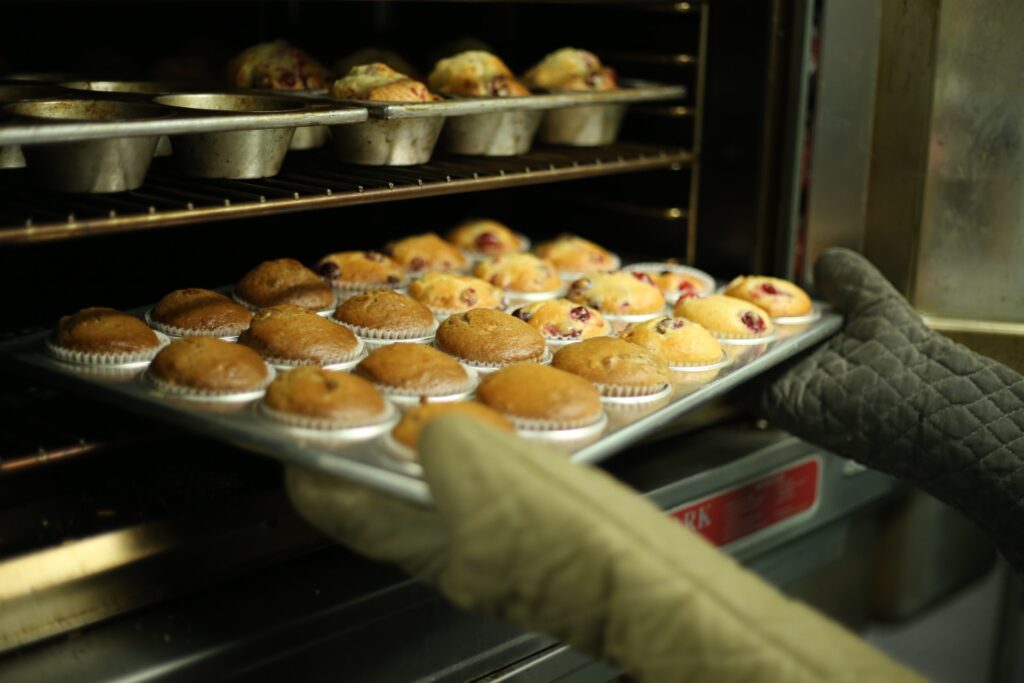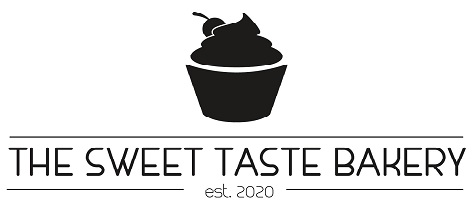Five common baking mistakes (and how to avoid them)

Cakes, cupcakes, cookies, traybakes, brownies…everyone loves a sweet treat every once in a while.
When it’s done right, baking can be a super satisfying, fun and, of course, delicious activity. But sometimes it can all go a bit pear shaped, and even the most simple mistakes can lead experienced bakers astray.
Lucky for us, some of the most common baking mistakes can be easily avoided with a few small reminders.
Here’s my list of five very common baking mistakes, as well as some top tips and tricks to ensure they don’t catch you out:
- Baking by timer alone
While a kitchen timer is a very important tool in your baking arsenal, it may not be accurate 100% of the time – and you don’t want an over or under baked cake on your hands!
Baking times can vary depending on a few factors, including the accuracy of your oven temperature, the shape and volume of your baking tins, moisture, fat content, etc. So it’s always a good idea to check if your cake is truly ready before taking it out of the oven.
The toothpick test is a good indication of whether your cake is cooked all the way through. Take a toothpick, skewer or cake tester and poke a small hole in the middle of your cake – if it comes out clean, the cake is done, if not, give your cake a few more minutes.
- Frosting a cake before it’s cooled
If you’re planning on adding frosting to your cake of cupcakes then you will have to practice a bit of patience. I know there’s a serious temptation to dive in and indulge, or to speed ip the end result, but frosting a warm cake will only lead to a melted mess.
It’s important to let your baked goods cool to room temperature before adding any toppings. If you need something to keep your hands occupied while your cakes cool, take the opportunity to clean your workspace, do some washing up or prepare your decorations.
- Not adding a crumb coat to your cakes
A crumb coat is essentially a primer – it’s a thin layer or frosting that serves to trap loose crumbs on your cake. It also helps to fill in any gaps or blemishes and create a smooth base for your final layer of icing. It’s quick and easy to do, and stops crumbs from appearing on the surface of your cake.
I will admit that I used to avoid crumb coating cakes to save time, but it really does make a huge difference. Once your cake is cool, stack your layers and spread a thin coat of frosting evenly over the top and down the sides. Cool your cake in the freezer for 20 minutes before applying the final layer.
- Not reading a recipe all the way through
How frustrated would you be if you got halfway through baking a cake, only to realise you haven’t got all the ingredients? Or that you haven’t got the equipment the recipe calls for? I’m guessing the answer is ‘very’. In fact, I can tell you that the answer is definitely ‘very’, because I’ve been guilty of this in the past.
You should always read a recipe thoroughly before you start baking – twice if you really want to nail it. Before you turn on the oven or start greasing your tins. Reading a recipe through will allow you to familiarise yourself with the process and be fully prepared for what’s ahead.
- Winging it with your ingredients
Baking is a science. Yes, there’s a lot of experimenting involved if you’re creating a new recipe, but if you’re following a recipe, you should be following it exactly. There’s a reason why the author has written a recipe in that particular way, with those exact quantities of those exact ingredients. Baking requires the kind of precision you’d expect when conducting a chemical experiment, so if you want to achieve the right chemical reactions, you need to weigh your ingredients precisely.
Weighing your ingredients is, in part, down to your equipment. I would recommend getting yourself a good quality digital kitchen scale that weighs in grams and ounces, a set of measuring cups, a set of different sized measuring jugs, and a set of measuring spoons.
What’s been your biggest baking blunder? Leave me a comment below!
